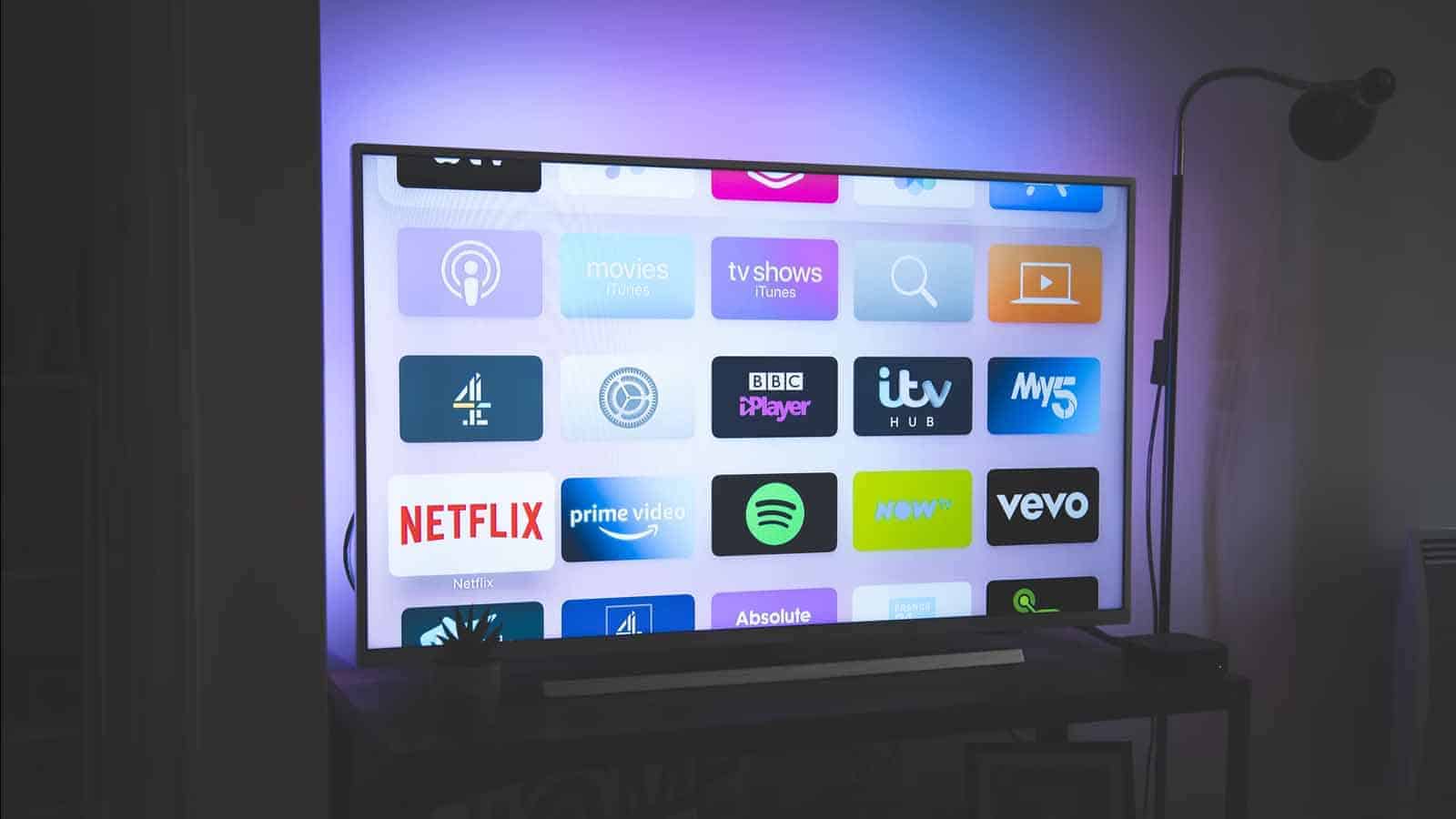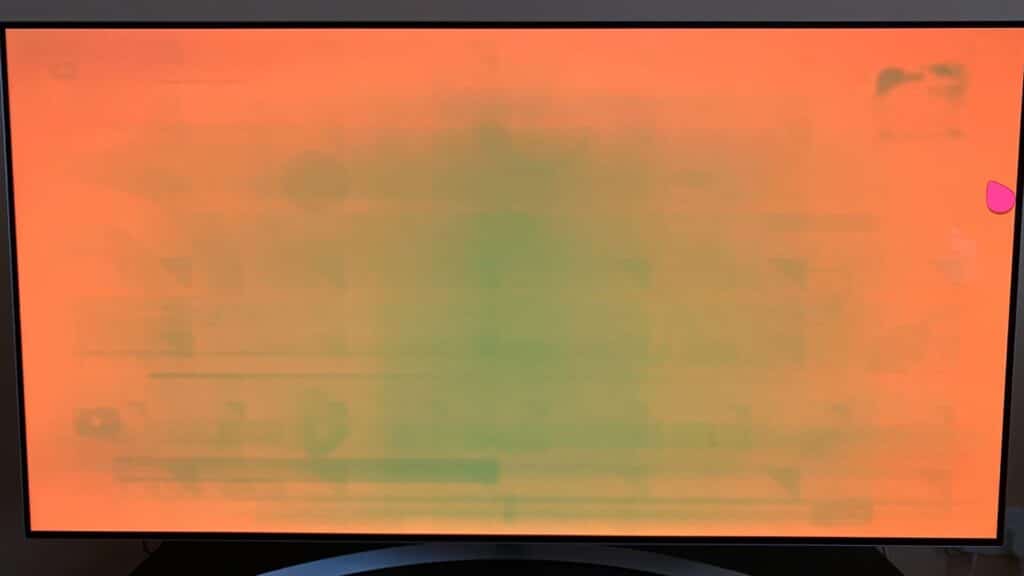Tech
What is OLED burn-in and how can you avoid it?
Worried about your new TV? Here’s what to know about OLED burn-in.

Quick Answer: OLED burn-in is a faint afterimage left on the screen after heavy use. Avoid it by not leaving static images on your screen.
Developments in OLED (Organic Light Emitting Diode) technology means that screen burn-in is rare. But that doesn’t mean it can’t happen.
Imagine spending big dollars on a slick new OLED TV only to have the logo of your favorite television station permanently burned into the display. That’s not how expensive technology should work.
Fortunately, you can take steps to avoid rare instances of permanent image retention. Let’s discuss OLED burn-in and how you can avoid it.
What is OLED burn-in?

READ MORE: Are OLED TVs actually better than QD-OLED TVs?
OLED burn-in occurs when a static image appears on the screen for an extended period of time.
Depending on your age, you may have encountered similar behavior on old CRT monitors, which require screen savers to avoid colors and images burning into the display.
While image persistence in LCD screens is usually temporary, OLED burn-in can be permanent, as the behavior stems from damaged pixels.
However, most of us aren’t going to create the conditions necessary for long-lasting damage to occur.
On top of that, manufacturers design modern OLED displays to avoid most image persistence issues. But, in extreme circumstances, damage can still occur.
Therefore, knowing how to avoid OLED burn-in is useful. We’ll break down some of the best tips below.
How to prevent OLED burn-in

Static images displayed continuously for many hours or multiple days can create burn-in. For this to happen, you’d also need to set the screen brightness extremely high for a long period of time.
Here are some steps you can take to prevent OLED burn-in:
- Don’t display static images, including logos and video game UIs, for extended periods of time
- Change the channel frequently
- Lower your screen brightness
- Use a sleep timer if you’re prone to doze off in front of the TV
- Don’t leave anything paused for too long
- Use a screen saver when necessary
- Switch the display off when not in use
If you follow most of these suggestions, the chance of experiencing OLED burn-in on a monitor or smart TV is low.
Also, you can prevent and remedy most instances of temporary image retention by enabling pixel shift if available, lowering screen brightness, and watching a video with no static elements.
TV burn-in is rare but not extinct
OLED burn-in is rare, but so is getting hit by a meteorite. Sometimes unlikely events do occur.
If you’re one of the unlucky ones whose screen experiences permanent image retention, you may have to pay for an out-of-pocket repair. Most display manufacturers don’t accept responsibility for OLED burn-in.
Sometimes, depending on costs, it might be better (and cheaper) to get a new TV. In those cases, check out our smart TV shopping guide.
Have any thoughts on this? Let us know down below in the comments or carry the discussion over to our Twitter or Facebook.
Editors’ Recommendations:
- How to fix a Samsung Smart TV not connecting to WiFi
- The best TVs for the PS5 and Xbox Series X, Series S
- The best soundbars to elevate your gaming experience
- Is your Roku Smart TV displaying banner ads on live TV? Here’s how to turn them off
Just a heads up, if you buy something through our links, we may get a small share of the sale. It’s one of the ways we keep the lights on here. Click here for more.
































